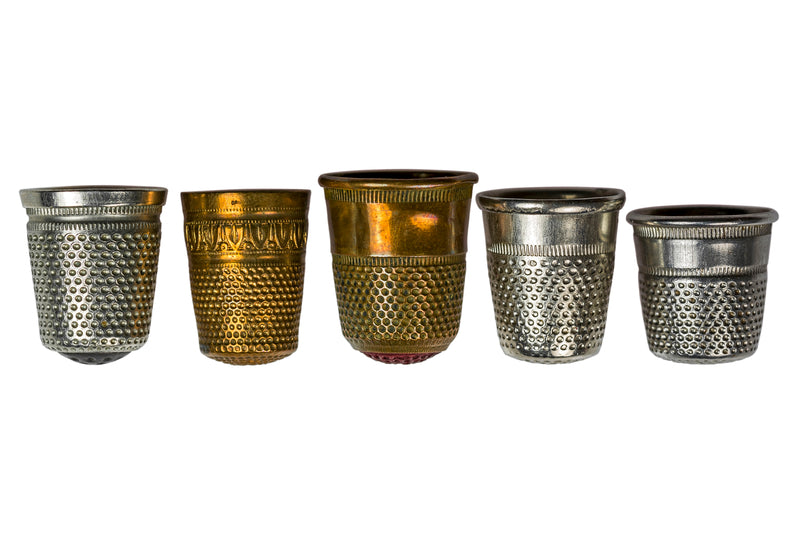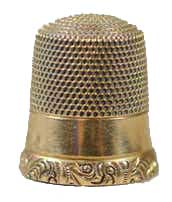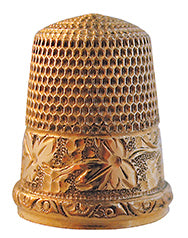
From a Thimble to a Symbol
Share

The roots of the modern-day wedding ring in America has an interesting tie to a thimble.
Puritans that colonized in early America did not believe in adornment. A common practice among these early Americans was for a man to present a thimble to his fiancée which was symbolic of his wish to marry her. These brides began to cut off the rim on these thimbles and making a simple band they would wear. Thus, the practice of wedding rings for women started.
Men wearing wedding rings before WW2 was uncommon. During WWII, men being shipped over seas to fight wanted a token from home to help them be strong during battle.
Why the ring finger of the left hand? It was believed that this finger contained an artery that led straight to the heart. This was later disproved. Another reason is based on an early English tradition. In early English marriage ceremonies, the husband placed the ring first on top of the woman’s thumb and spoke the words “In the name of the Father.” He would then move the ring to the next finger and continue with “In the name of the Son.” This continued by moving the ring to the middle finger and saying “And of the Holy Ghost.” The ring was then placed in its final resting place on the ring finger and the man said “Amen.”
…. Now that’s a thimble full of knowledge! 
